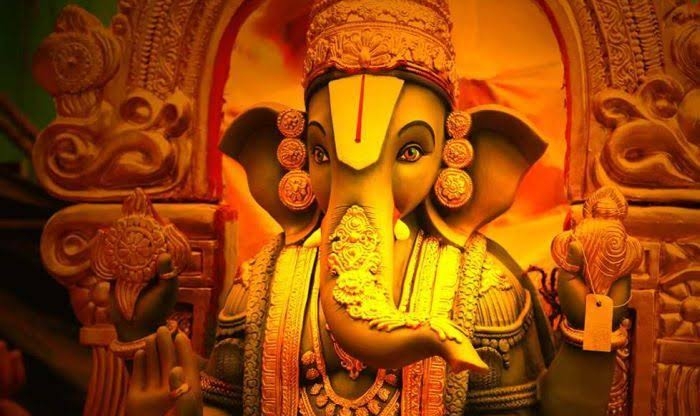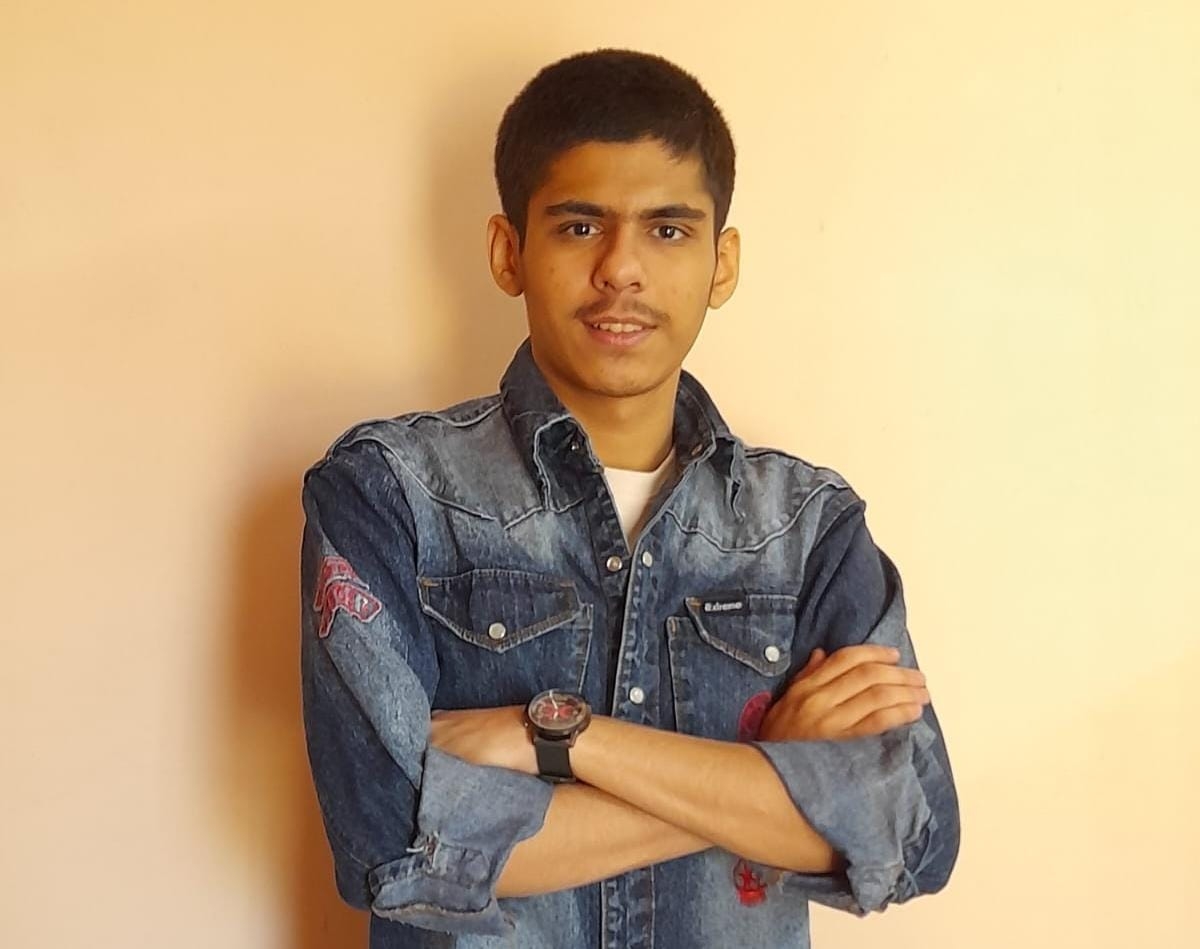Ganeshotsav and Hindutva
The Hindu community otherwise lacked street power, it still does to a great extent! But Hindus started chanting political slogans alongside spiritual ones. This changed the complete narrative, as crowds of thousands of Hindus were now no more scared to put forth their views.

It is often wrongly believed that celebrations and festivals hold mere spiritual and ritualistic value. However, people tend to ignore the social, economic and psychological aspects of human life which are significantly impacted by the festivities.
In a year composed of monotonous schedules, the presence of these festivals creates a joyous getaway for a common person- a short phase where we can freely divert our attention to focus on positivity.
In case of Hindu dharma, it's characteristics are significantly different from the core concept of a 'religion', as it is based on civilizational ethos.
Thus, almost every positive event in the nature, and past glory of our ancestors, is given adequate recognition in the form of festivals.
This is the reason why Hindu rituals and festivities are much more than just spirituality, as they strengthen the connect between oneself and the nature, the community and the nation as a whole.
Of which, one such festival evolved over time, and has transformed into one of the most important opportunity for Hindus to unite and celebrate together- Ganeshotsav, the festival of Shri Ganesha.
Almost after 400 years of brutal Islamic occupation, when a young Chhatrapati Shivaji Maharaj started his conquest of liberating this nation, he valiantly took upon the duty of Hindu revival. He first patronized Ganesh Chaturthi celebrations in Pune.
A strong and impactful festival was then necessary to uplift the demotivated minds of his people, and to invoke a new thought of independence.
The Ganeshotsav kept on evolving ever since! Peshwas, prime ministers of Hindavi Swarajya, were ardent devotees of Shri Ganesh. As and when the Hindavi Swarajya expanded in size and power, the grandeur of Ganeshotsav kept increasing.
Their commanders who settled in newer regions carried forward the legacy with them. However, one point to be noted is that, so far, Ganeshotsav was not of public nature. It was mainly practiced within homes, palaces, temples, etc.
The Muslims regularly used this provision to carry out their religious prayers and processions. But the Hindu community was significantly weakened. Hindus were separated in caste differences, restricted from running Dharmic pathshalas, and had negligible political power.
British government in India under Lord Harris had repeatedly taken sides in favour of Muslims, and not treated Hindus fairly, because Hindus were not well organised. This is when Lokmanya Tilak decided to use the same loophole which Muslims enjoyed, organizing together in the name of festivals!
Lokmanya Tilak, as we all know, was a political leader with mass appeal. But we often underplay his other credentials. Apart from politics, Tilak was an expert in mathematics, astrology, study of the Vedas, Bhagavad Geeta, etc.
His work "Geeta Rahasya" is an analysis of the Karmayoga taught in the Bhagavad Geeta. According to him, Geeta promotes Pravrutti – which means proactive nature in a person and provokes the possibilities of great activities hidden within; rather than inspiring Nivrutti – which means a retiree attitude of giving up actions. He brought notable reforms to the astrology, and contributed towards corrections into the Hindu calendar.
Like Chhatrapati Shivaji Maharaj, Lokmanya Tilak invoked Shri Ganesh to become the icon of the Hindu freedom struggle. This time, he brought Shri Ganesh on the streets. Ganeshotsav started being celebrated in pavilions and public spaces, to accommodate a large number of public.
This was important for the Hindu cause, as for the very first time, Ganesh Chaturthi was being celebrated by all Hindu communities together. Lokmanya Tilak championed this stating that this is "a God for everybody".
"I followed with the greatest curiosity crowds who carried in procession an infinite number of idols of the God Ganesh. Each little quarter of the town, each family with its adherents, each little street corner I may almost say, organizes a procession of its own, and the poorest may be seen carrying on a simple plank their little idol or of paper mâché... A crowd, more or less numerous, accompanies the idol, clapping hands and raises cries of joy, while a little orchestra generally precedes the idol". ~ [Angelo de Gubernatis, Bombay Gazette (1886)]
Uniting Hindus together was not the only objective behind Lokmanya Tilak's Ganeshotsav. He addressed the massive crowd and inspired them to fight for the freedom of this country. In the name of cultural sermons, political leaders and social reformers were given an opportunity to motivate the crowd, this was a loophole to another set of British laws which curbed press freedom.
Tilak named Shri Ganesh as the "political obstacle remover" [Kesari, 8 September 1896]. The excitement and increased affinity towards their brethren, which people have in a festive season, was perfectly channelized to infuse thoughts of political freedom amongst the Hindus.
The Hindu community otherwise lacked street power, it still does to a great extent! But Hindus started chanting political slogans alongside spiritual ones. This changed the complete narrative, as crowds of thousands of Hindus were now no more scared to put forth their views.
This was the need of the hour. Hindu community cannot stay silent. Proactive measures need to be taken to secure their political interests. As we come out of history and explore the Ganeshotsav of the present, it still is a major source of street power and Hindu unification.
A common Hindu who would otherwise never shout ever on the road, happily chants, and rejoices in Ganeshotsav processions. Whether the Government in power is favourable or not, they will not dare to stop a Ganeshotsav celebration, out of obvious fear of losing electoral votes.
Shri Ganesh, the devata of knowledge, is also a freedom fighter! A simple festival with slight alterations, changed the entire narrative of Hindu street power. Hindu unity is the need of the hour! In a harsh world with ten enemies from ten directions attacking Hindu dharma at the same time, Hindu unity becomes the ultimate shield!
Article by
Mohit Mandar Joshi
Younginker
Student
Thane, Maharashtra


